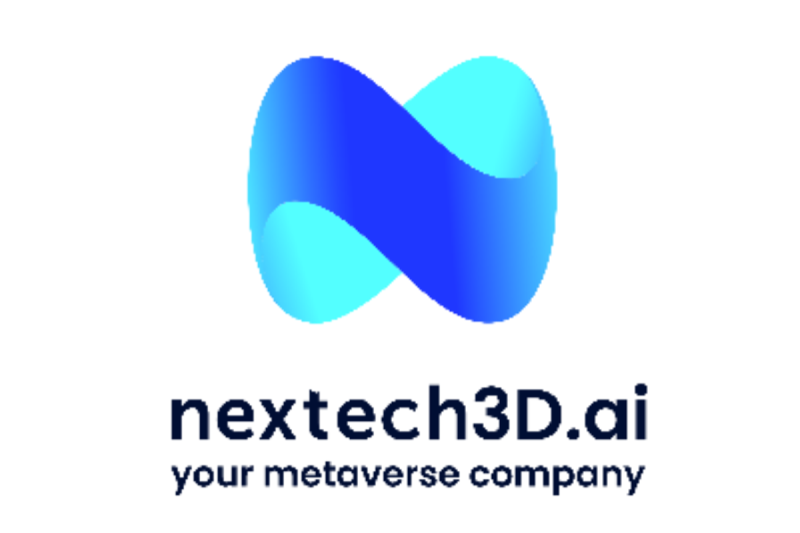

The Krafty Labs acquisition brings with it a diversified list of blue-chip enterprise customers
TORONTO, ON AND NEW YORK, NY / ACCESS Newswire / January 5, 2026 / Nextech3D.ai (CSE:NTAR,OTC:NEXCF)(OTCQB:NEXCF)(FSE:1SS), an AI-first technology company specializing in AI-powered live event solutions, 3D modeling, and spatial computing, today announced the successful closing of its previously announced acquisition of Krafty Labs, an experiential team-building platform serving large enterprise organizations. The acquisition was completed for $650,000 in cash with the CEO investing $321,917.
With the completion of this transaction, Nextech3D.ai believes it has built one of the industry’s most comprehensive end-to-end AI-powered platforms for live events and enterprise experiential engagement.
Creating a Unified, End-to-End AI-Powered Event Technology Ecosystem
The addition of Krafty Labs meaningfully expands Nextech3D.ai’s AI-powered event technology portfolio, enabling the Company to offer an integrated platform that spans the full AI-driven event lifecycle, including:
-
AI-powered event registration and ticketing
-
AI-powered badging and on-site badge printing
-
AI-powered lead retrieval and exhibitor analytics
-
AI-powered mobile event applications
-
AI-powered interactive floor plans and spatial navigation
-
AI-powered engagement tools, including AI matchmaking
-
AI-powered enterprise experiential team-building programs
Together, these capabilities position Nextech3D.ai to serve AI-powered event organizers, exhibitors, sponsors, and enterprise customers through a single, unified platform.
Blue-Chip Customer Base, Proven Revenue Platform, and Expanding Experience Library
The Krafty Labs acquisition brings with it a diversified list of blue-chip enterprise customers, significantly expanding Nextech3D.ai’s customer footprint and cross-selling opportunities across its AI-powered live event and 3D model ecosystem.
Krafty Labs currently offers approximately 100 curated experiential events designed for enterprise-scale deployment and operates a revenue-generating AI-enabled experiential engagement platform that produced approximately $1.2 million in revenue during 2025 with a 73% gross margin or $876,000 in gross profits, demonstrating proven market demand and providing Nextech3D.ai with an immediately accretive operating business.
Accelerating Platform Expansion Through Automation
Following the acquisition, Nextech3D.ai expects to significantly accelerate the expansion of Krafty Labs’ experiential offerings, with management anticipating the rollout of approximately 100+ new experiences per quarter, representing a potential 400% expansion of the platform’s experiential catalog in 2026.
This anticipated growth is expected to be driven primarily by the automation of the creator and experience onboarding process, which historically has been a largely manual workflow. Nextech3D.ai plans to leverage its AI capabilities and platform infrastructure to streamline onboarding, standardize quality controls, and reduce time-to-market for new experiences.
Focus on Automation, AI Enhancements, and Custom Enterprise Experiences
Planned enhancements to the Krafty Labs platform will center on:
-
Automating experience onboarding and deployment
-
Enhancing AI-driven matching and personalization
-
Improving scalability and operational efficiency
-
Delivering custom-branded experiential programs for large corporate accounts
Management believes these enhancements will support higher customer lifetime value, increased subscription adoption, and expanded recurring revenue.
Retention of Key Leadership and Team
Nextech3D.ai has retained the entire Krafty Labs operating team, including the company’s founder, Chief Operating Officer, and Chief Technology Officer, who have joined Nextech3D.ai in senior leadership roles.
Management believes the retention of this experienced team will accelerate integration, innovation, and execution across Nextech3D.ai’s AI-powered live event and experiential engagement platform.
Expanding Recurring Revenue Through AI-Powered Subscription-Based Engagement
Krafty Labs has already begun rolling out a new annual AI-powered subscription model designed to support large enterprise organizations with thousands of employees distributed globally. These subscriptions provide ongoing access to curated experiential engagement and AI-powered team-building programs that extend beyond one-time AI-powered events.
Nextech3D.ai intends to accelerate the rollout of this subscription model by leveraging its enterprise relationships, AI-powered event infrastructure, 3D modeling capabilities and global sales capabilities.
Addressing a Large and Growing Market Opportunity
According to Grand View Research, the global live events market was valued at approximately $1.1 trillion in 2023 and is expected to grow at a compound annual growth rate (CAGR) of over 13% through 2030, driven by increasing demand for digital, hybrid, and AI-powered engagement solutions.
Source: https://www.grandviewresearch.com/industry-analysis/events-industry-market
Management Commentary
Evan Gappelberg, CEO of Nextech3D.ai, commented:
‘With Krafty Labs, we see a clear opportunity to move from a curated experience model to a true global platform. By automating onboarding, we expect to scale from roughly 100 experiences today to a marketplace that can support thousands of creators worldwide – including artisans, facilitators, chefs, wellness instructors, educators, and event professionals. This platform approach allows us to rapidly expand our experiential offering to existing blue chip customers-while maintaining enterprise standards and supporting global, distributed workforces.’
About Nextech3D.ai
Nextech3D.ai is an AI-first technology company specializing in AI-powered live event solutions, 3D modeling, and spatial computing. The Company delivers an integrated suite of AI-driven technologies designed to enhance live, hybrid, and virtual experiences through intelligent engagement, visualization, and data-driven insights.
About Krafty Labs
Krafty Labs is an AI-enabled experiential team-building platform delivering curated engagement programs for large enterprise organizations. Its offerings are designed to support employee connection, collaboration, and culture across distributed and global teams.
Website: www.Nextech3D.ai
Investor Relations: investors@nextechar.com
For further information, please visit: www.Nextech3D.ai.
Investor Relations: investors@nextechar.com
Sign up for Investor News and Info – Click Here
Evan Gappelberg /CEO and Director
866-ARITIZE (274-8493)
Forward-looking Statements The CSE has not reviewed and does not accept responsibility for the adequacy or accuracy of this release. Certain information contained herein may constitute ‘forward-looking information’ under Canadian securities legislation. Generally, forward-looking information can be identified by the use of forward-looking terminology such as, ‘will be’ or variations of such words and phrases or statements that certain actions, events or results ‘will’ occur. Forward-looking statements regarding the completion of the transaction are subject to known and unknown risks, uncertainties and other factors. There can be no assurance that such statements will prove to be accurate, as future events could differ materially from those anticipated in such statements. Accordingly, readers should not place undue reliance on forward-looking statements and forward-looking information. Nextech will not update any forward-looking statements or forward-looking information that are incorporated by reference herein, except as required by applicable securities laws.
SOURCE: Nextech3D.ai Corp
View the original press release on ACCESS Newswire
![]()
News Provided by ACCESS Newswire via QuoteMedia



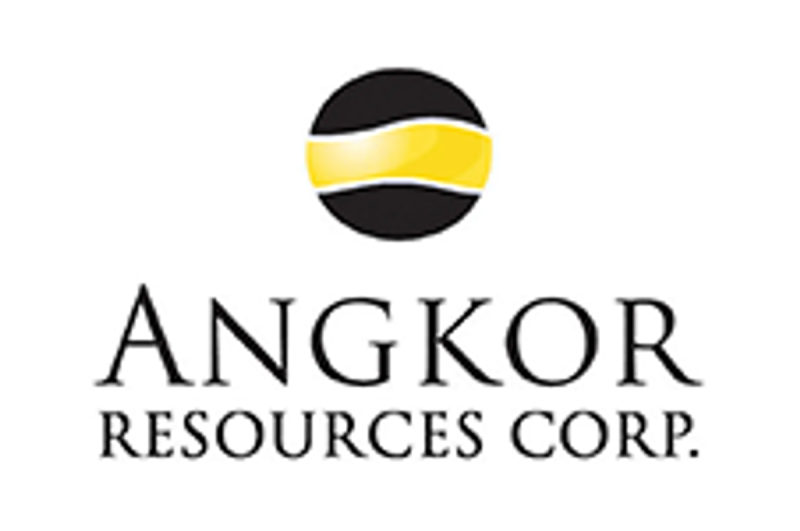

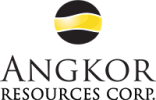







 leach solution demonstrated predictable scale-up behavior, with metallurgical performance consistent with prior laboratory-scale test work.
leach solution demonstrated predictable scale-up behavior, with metallurgical performance consistent with prior laboratory-scale test work.



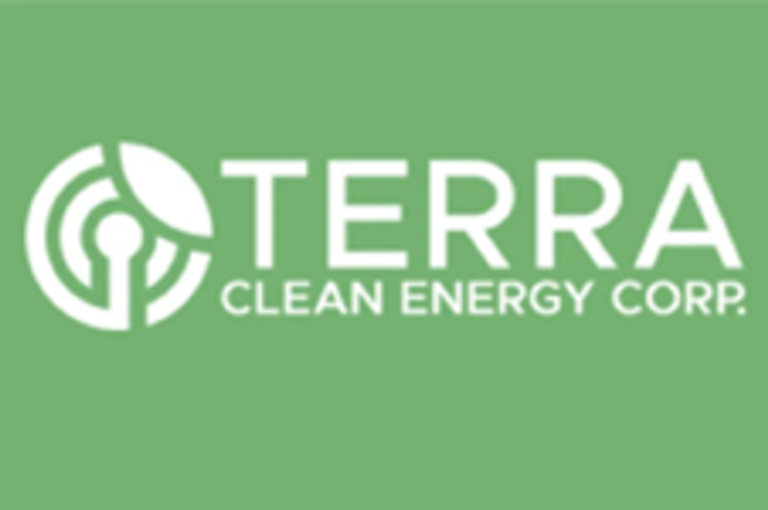
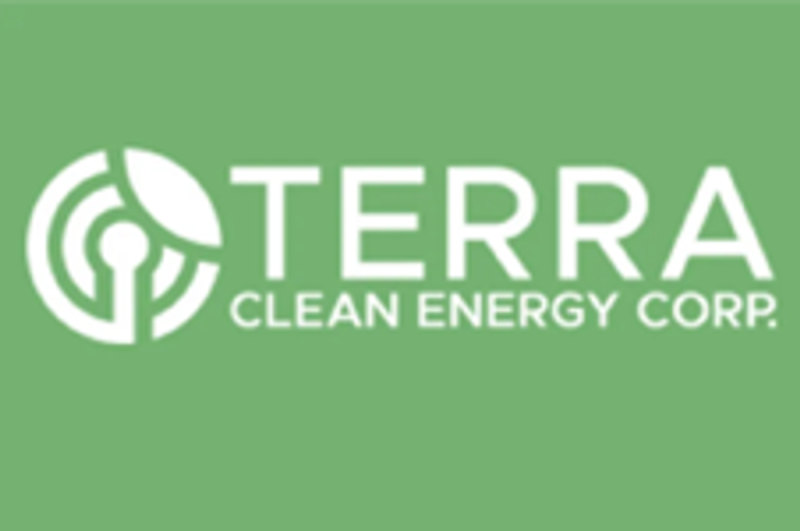


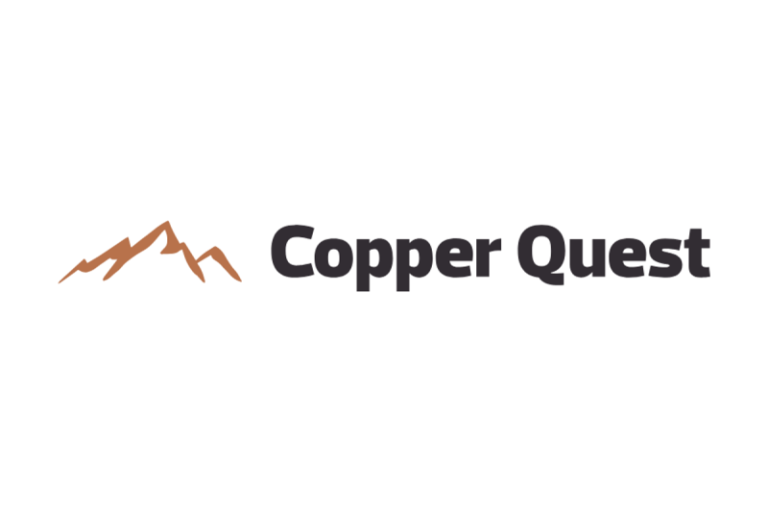
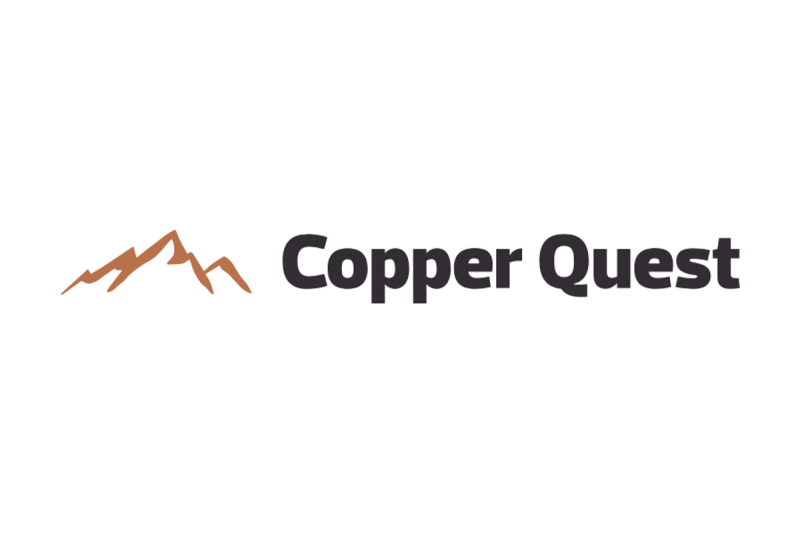
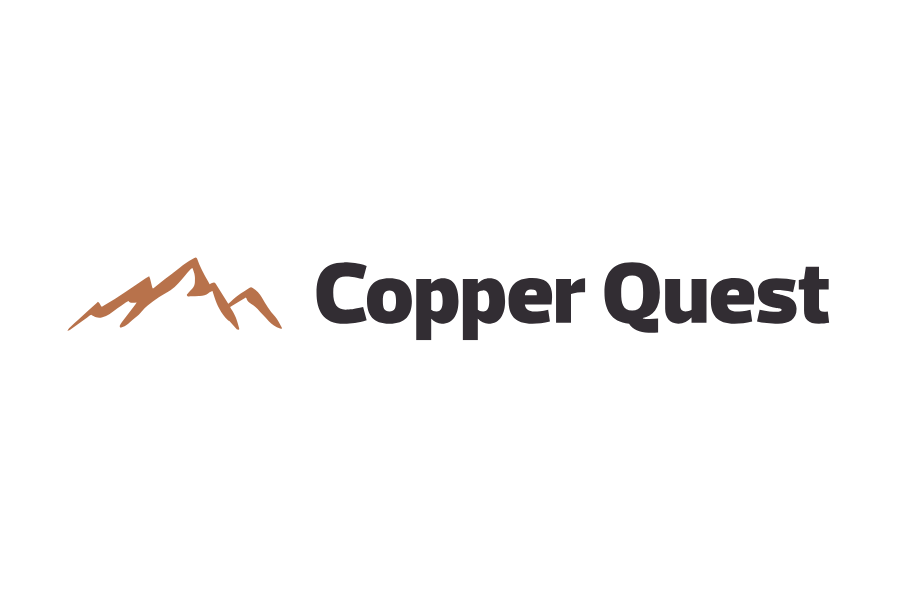











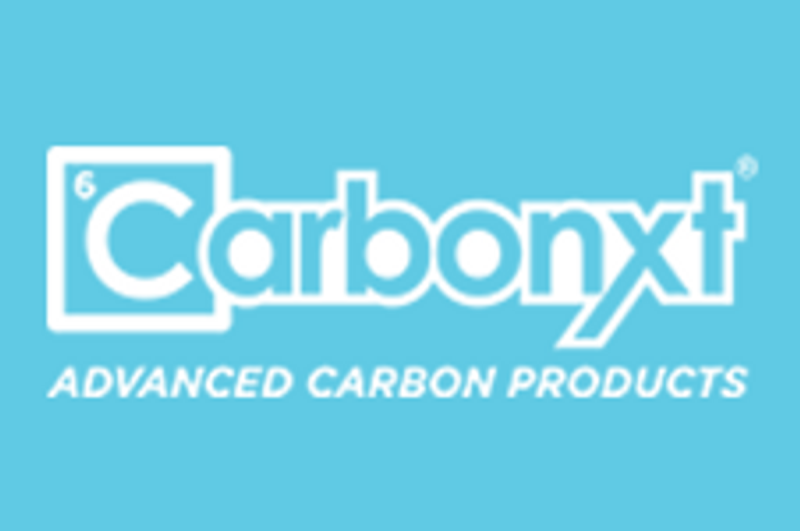
 Carbonxt Group (CG1:AU) has announced Placement to Fund Further Investment in New Carbon
Carbonxt Group (CG1:AU) has announced Placement to Fund Further Investment in New Carbon

 Asara Resources (AS1:AU) has announced Ongoing drilling continues to return broad gold intercepts
Asara Resources (AS1:AU) has announced Ongoing drilling continues to return broad gold intercepts